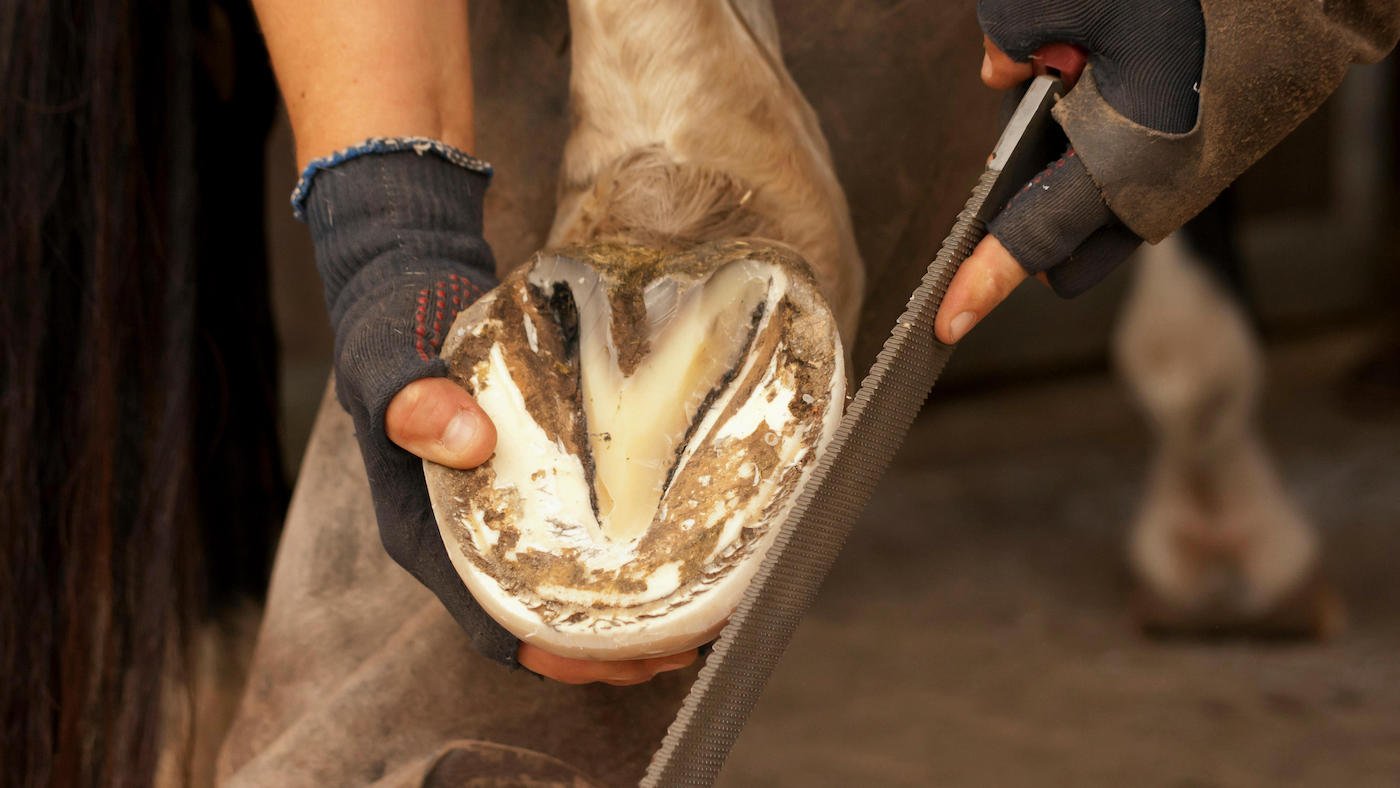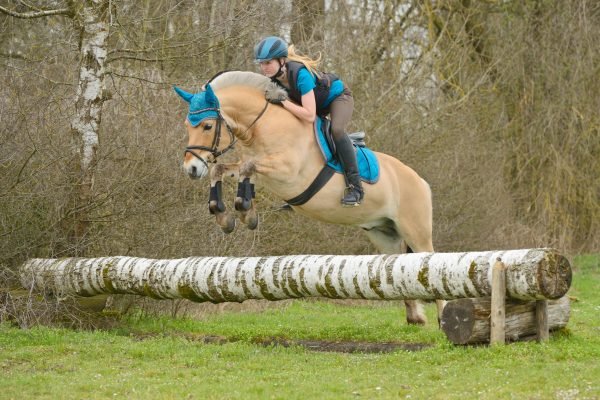
Horse house owners reminded of the ‘weird’ lack of regulation of barefoot trimmers
Riders and house owners contemplating taking their horses’ footwear off are reminded that barefoot trimmers will not be regulated in the best way farriers are – and that solely the latter are legally capable of put footwear again on if wanted.
Ought to a farrier’s care fall brief, the Farriers Registration Council can step in and maintain her or him accountable, because the Royal School of Veterinary Surgeons can for vets, however there is no such thing as a such provision for trimmers. There are trimming programs and {qualifications} on supply, together with the Lantra awards degree 5 diploma in equine podiatry supplied by the Equine Podiatry Affiliation, however they don’t seem to be required by regulation.
Grasp farrier Ben Benson, who has labored with the World Class Programme and at championships and is president of the British Farriers and Blacksmiths Affiliation, instructed H&H: “That is undoubtedly one thing that must be stated.
“It’s completely high quality to take your horse barefoot, however you should be sure to’ve acquired the correct folks round you, and that’s the place farriers are available as we’re regulated and high quality assured, and importantly for the horse proprietor, we’re legally required to be absolutely insured. If we do one thing improper, we’re answerable in a court docket of regulation.
“There are some superb barefoot trimmers, however they’re not regulated. Anybody may take a rasp and pair of nips and do it.”
Mr Benson stated some farriers will not be the very best at speaking, however that they’ll have had hundreds of hours of mentored coaching over years, and been examined by RCVS members and skilled farriers, whereas the hours and exams wanted for barefoot {qualifications} are “assorted”.
“Farrier have been trimming horses’ ft for hundreds of years,” he stated.
British Equine Veterinary Affiliation (BEVA) chief government David Mountford instructed H&H BEVA agrees with Mr Benson’s factors.
“From an animal well being and welfare perspective, it’s weird that anybody is allowed to trim a horse’s foot, however solely a skilled, registered and controlled farrier is allowed to take action if, after the trimming, a shoe is placed on!” he stated.
“House owners ought to keep in mind that farriers often trim the ft of unshod younger horses, these out of labor, and people for whom going unshod is each desired by the proprietor and never detrimental. Subsequently, the farrier will normally be the very best particular person to assist if an proprietor is considering holding their horse with out footwear.”
Mr Mountford added that if a occupation is regulated, it means each practitioner has needed to show a excessive normal of abilities and data, and should be updated with persevering with schooling, and that there’s a system to carry them accountable for his or her actions.
“Unregulated people, together with barefoot trimmers, will not be sure by any of those necessities,” he stated. “That doesn’t imply that each barefoot trimmer is harmful, some are very in a position, however house owners ought to concentrate on what safety they’ve when paying somebody to trim their horse’s ft.”
BEVA’s veterinary tasks officer Lucy Grieve, agreed, including that some ponies and horses are high quality with out footwear.
“However they nonetheless require a talented, skilled and controlled skilled, who’s insured and could be held accountable ought to they carry out work which is substandard and dangers the horse’s well being and welfare,” she instructed H&H.
“Sustaining an unshod foot is simply as complicated and demanding, generally extra so, for each farrier and proprietor. As a result of right here within the UK, and elsewhere, we hold horses in a really totally different setting to that which they initially developed in, we can’t and shouldn’t anticipate their ft to keep up themselves. Every horse is totally different, [as is their] hoof form, progress and horn high quality.
“Figuring out whether or not a horse wants footwear or not ought to be a choice made with the related skilled professionals, farrier, vet and generally nutritionist, with the proprietor, and this ought to be reviewed yearly if no more usually, to verify everlasting injury isn’t finished resulting from lack of communication of these beforehand talked about components. By all means have the dialog, however hearken to skilled and skilled professionals, monitor fastidiously and be keen to alter your strategy if wanted.”
The Equine Podiatry Affiliation does present self-regulation of these practitioners who’re full members and maintain their Diploma in Equine Podiatry, which is an Ofqual-accredited degree 5 qualification. Full members should do a minimal of 40 hours of constant skilled growth annually, present proof they’re appropriately insured for public legal responsibility {and professional} indemnity, and observe the organisation’s code of conduct. Complaints towards members are investigated and, if upheld, sanctions could be imposed together with removing from the register – although this doesn’t prohibit the person from practising.
You may also be all for:
Horse & Hound journal, out each Thursday, is filled with all the newest information and stories, in addition to interviews, specials, nostalgia, vet and coaching recommendation. Discover how one can benefit from the journal deliveredto your door each week, plus choices to improve your subscription to entry our on-line service that brings you breaking information and stories in addition to different advantages.

